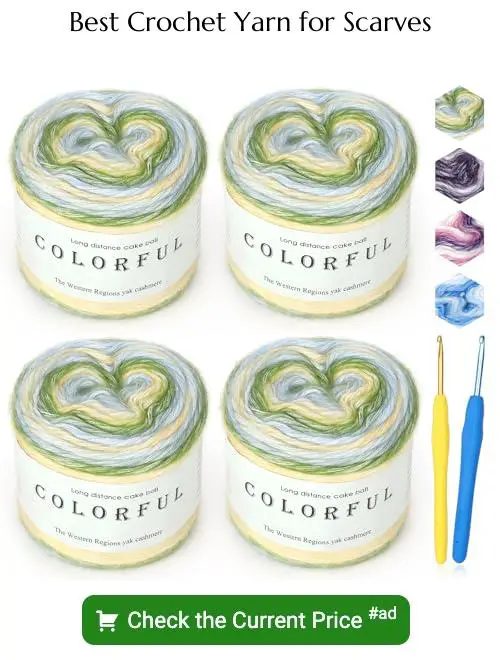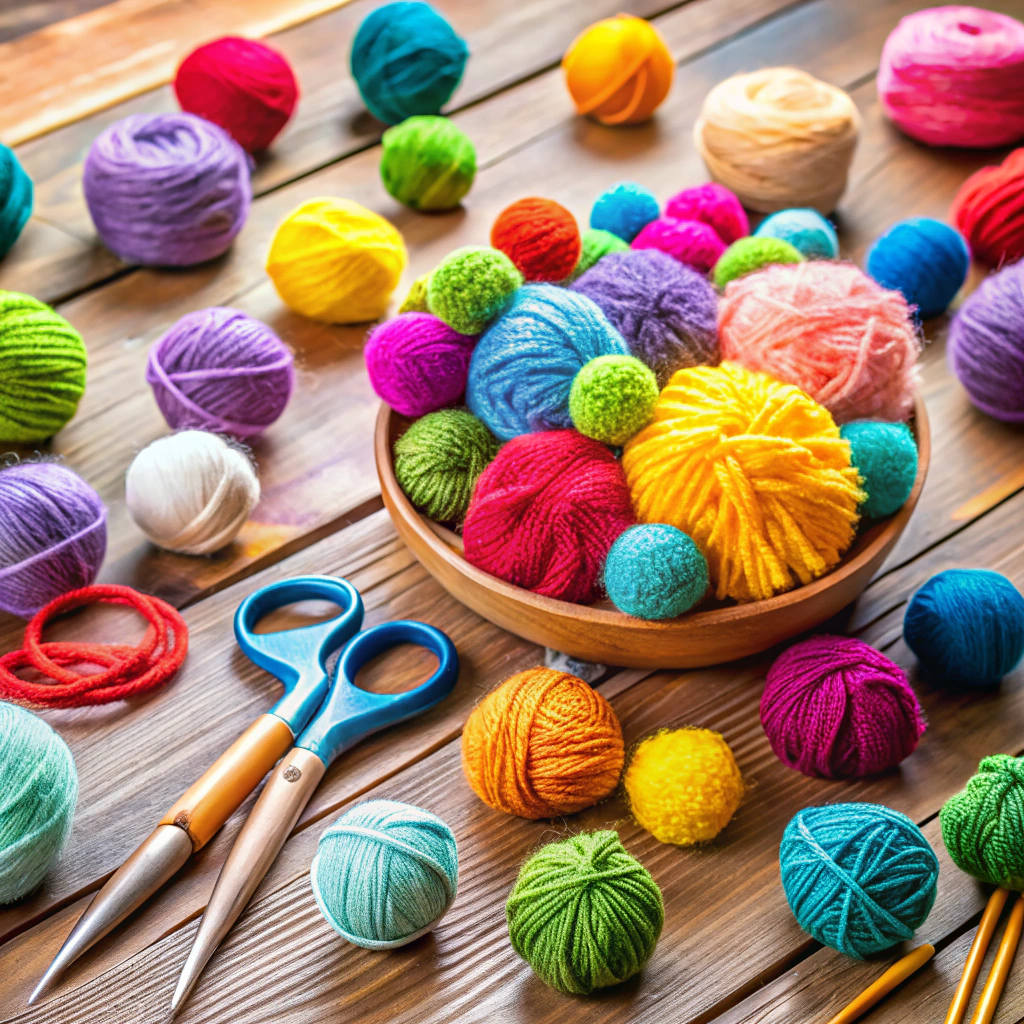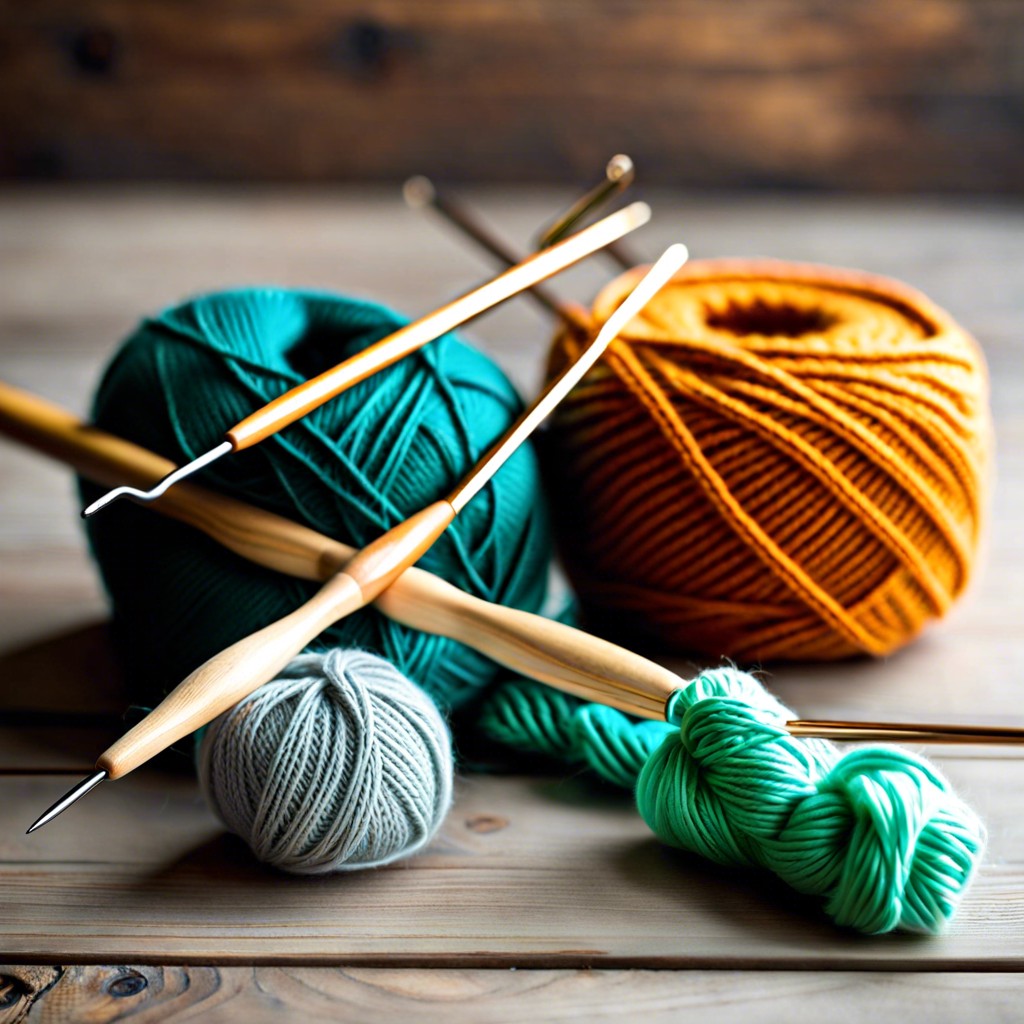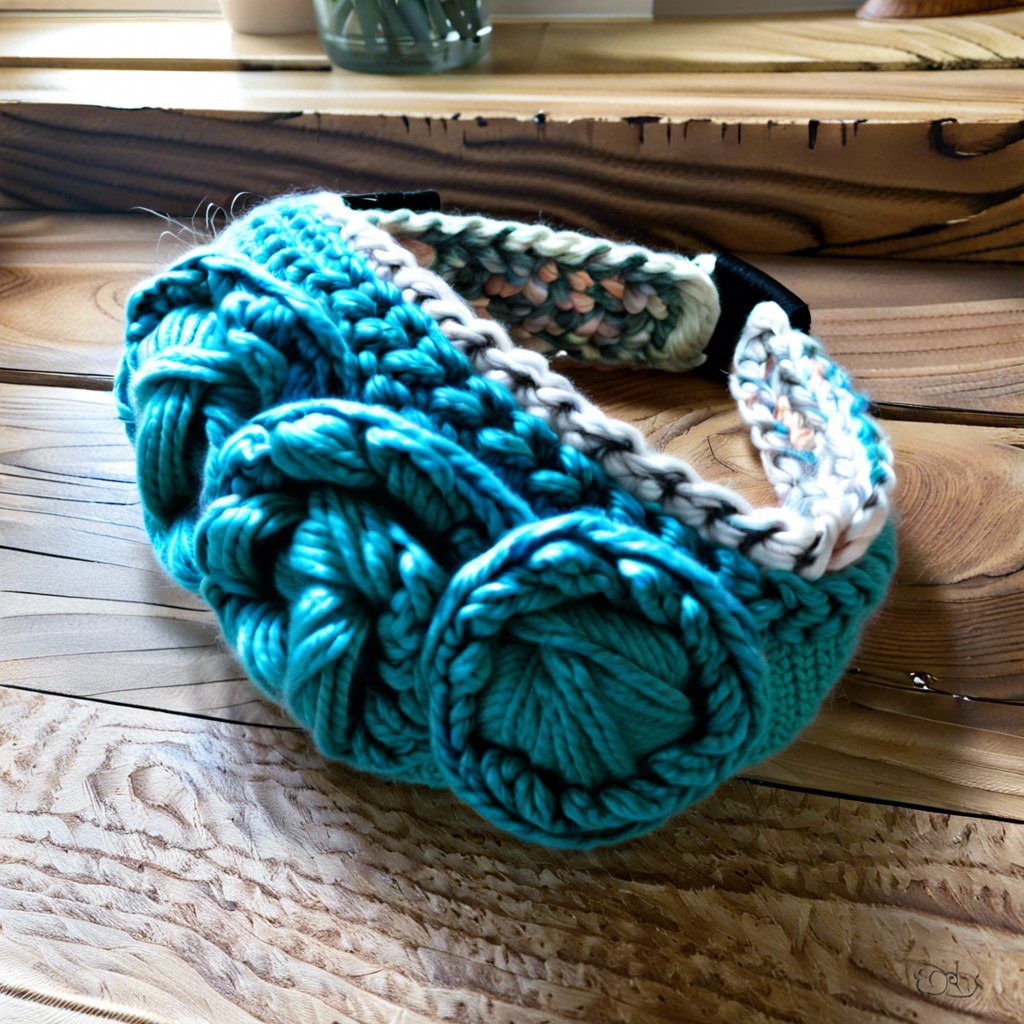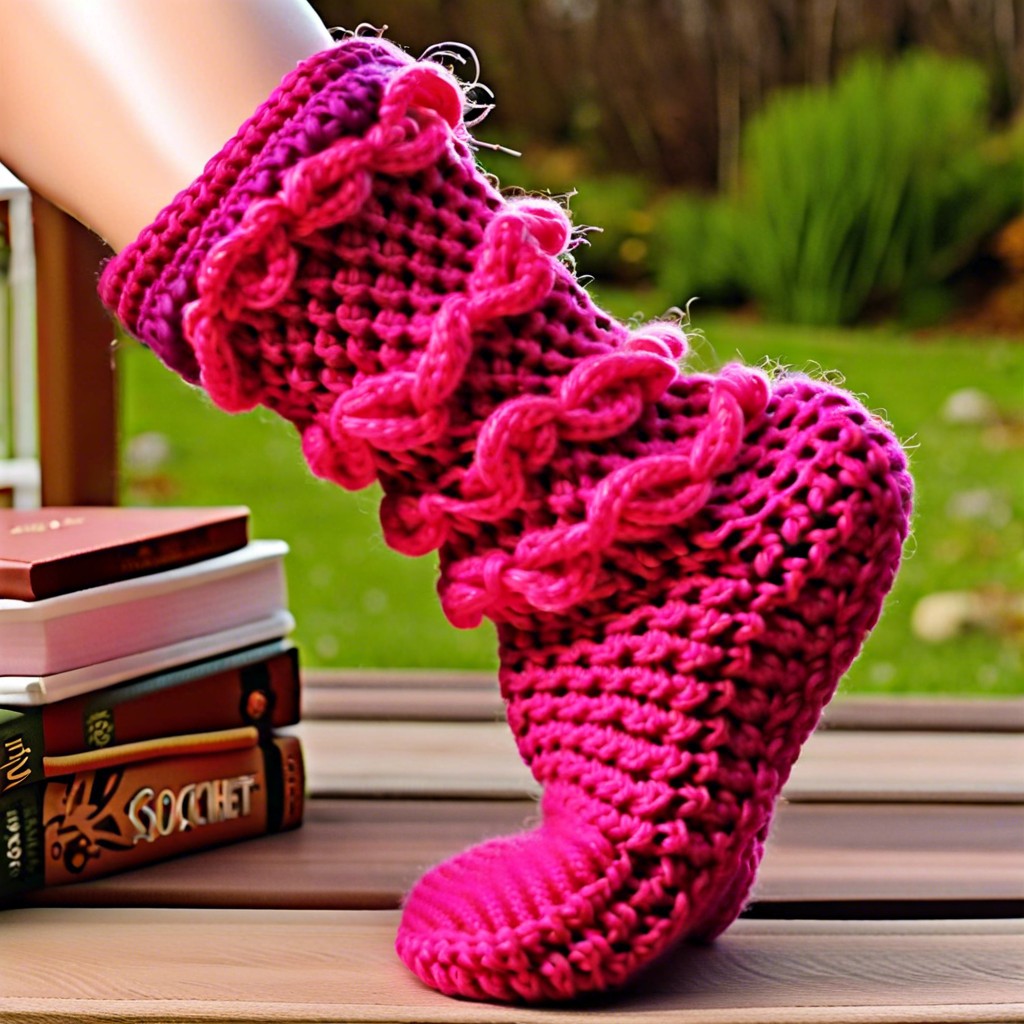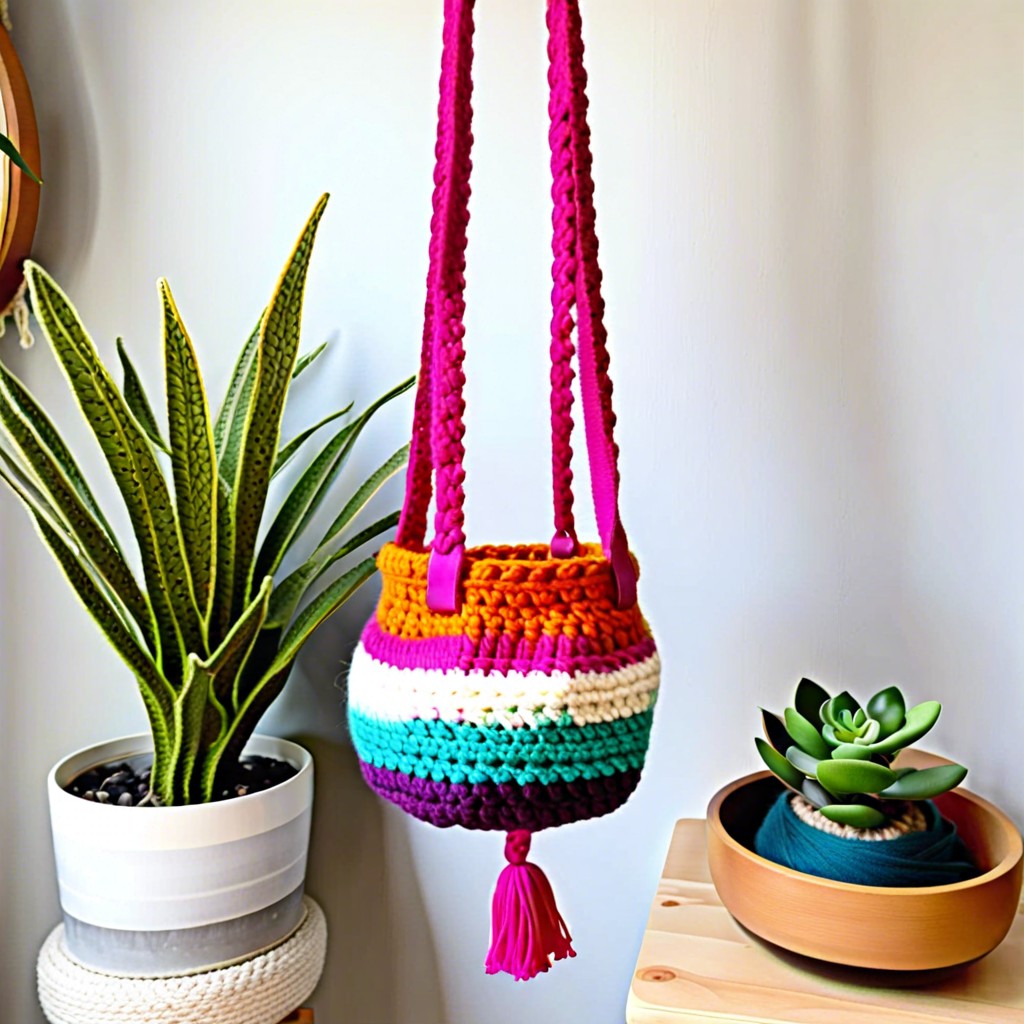Learn how to calculate the amount of yarn you need to crochet a scarf with ease.
Key takeaways:
- Weigh an existing scarf to determine the amount of yarn needed.
- Crochet a swatch to calculate yarn requirements based on size.
- Check the yarn label for information on yardage, hook size, and weight.
- Consult yarn requirement tables for accurate estimates.
- Refer to the pattern for specific yarn type and yardage requirements.
Weigh an Existing Scarf You Like
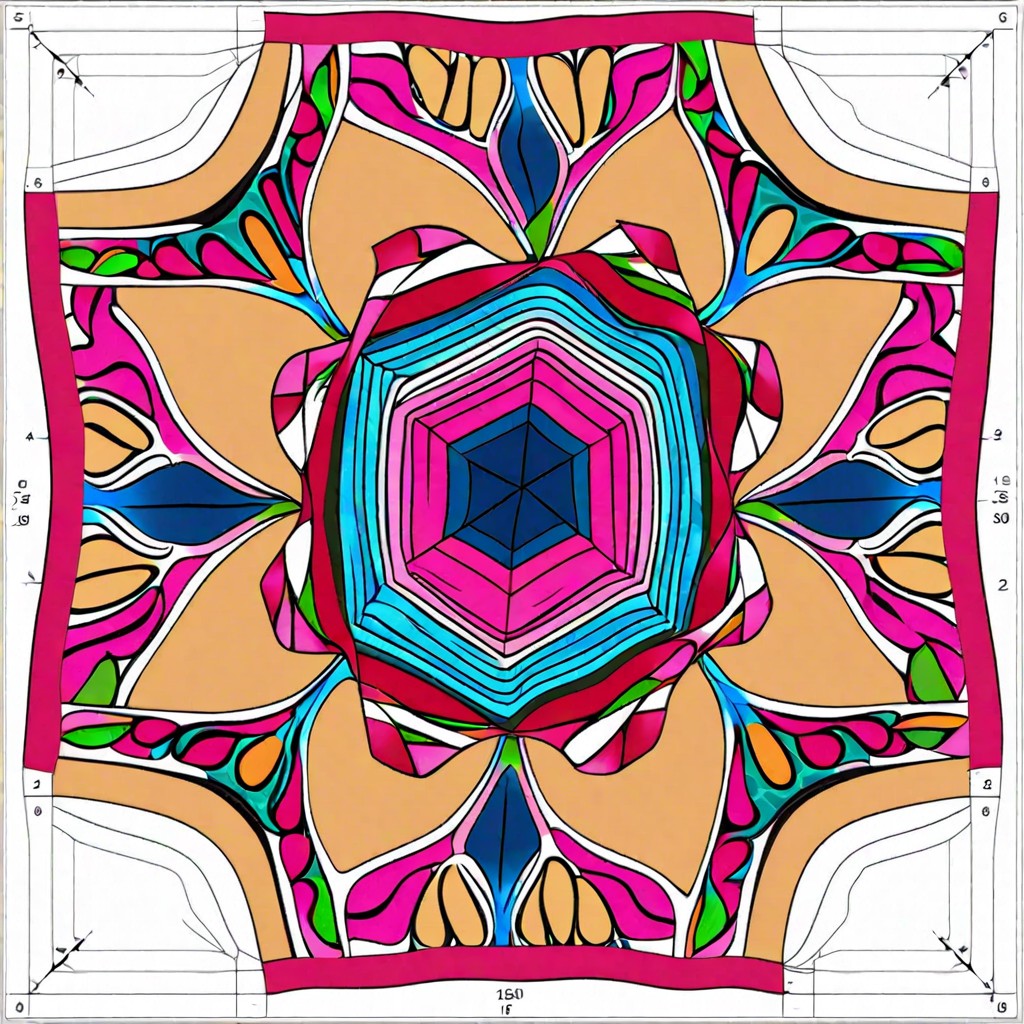
Got a beloved scarf that’s the perfect length and width? Great news! Just weigh it.
- Grab your kitchen scale. No, it won’t be jealous.
- Toss your scarf on it and note the weight.
- Check the yarn label for the weight per skein. You’ll need this info.
Scarf weighs 200 grams? Each skein is 50 grams? Voilà! Four skeins will do the trick. Easy math.
Knit a Swatch and Calculate It Yourself
Grab your hooks and get ready for some crafty math! Start by crocheting a small swatch using the same stitch pattern and yarn you plan for your scarf. Aim for a decent-sized swatch, about 4×4 inches.
Once you’ve created your swatch, measure the length of yarn you used. Use a kitchen scale to weigh the swatch, or if you’re feeling old-school, unravel it and use a tape measure.
Multiply how many times wider and longer your scarf will be compared to the swatch. For example, if your swatch is 4 inches wide and uses 10 yards of yarn, and you want a scarf that’s 8 inches wide, you’ll need to double the yarn for width alone.
Now, factor in the length. If your swatch is 4 inches tall and your scarf is going to be 60 inches, multiply accordingly. Throw in some extra yarn for good measure because, well, who wants to run out an inch short?
Voilà! By crocheting a swatch, you can be your own yarn wizard, casting accurate spells of calculation.
Look At the Label of the Yarn
The yarn label is like the secret decoder ring of the crochet world. It packs a punch of information.
First, check the yardage. Most labels will tell you how many yards (or meters, for our metric friends) are in one skein.
Next, look at the recommended hook size. This ensures your gauge—the number of stitches per inch—won’t turn your scarf into an unintended table runner.
Yarn weight matters too. Be it fingering weight or super bulky, the thickness of the yarn affects how much you’ll need.
If the label mentions “for a medium-sized scarf,” you’re in luck. Some yarns play nice and give you project estimates right there on the label.
Those symbols and numbers may look like hieroglyphics, but they’ll help decipher your scarf’s destiny.
Yarn Requirement Tables
Consider yarn requirement tables your new best friend. These handy charts break down exactly how much yarn you need based on factors like gauge, stitch pattern, and even the scarf’s dimensions.
Think of it as the cheat sheet in your yarny adventure. For example, a typical adult scarf might need about 300 to 400 yards of worsted-weight yarn. Chunkier yarns? You could get away with 200 to 300 yards. Delicate lace yarns? Maybe closer to 500 yards.
The tables often help you avoid that frantic mid-project dash to the yarn store. They cater to different yarn weights, so you’ll find the perfect match whether you’re using sport, worsted, or bulky yarn. Finally, they can also guide you on the number of skeins you’ll need, because let’s face it, no one enjoys running out of yarn with just 10 rows to go.
Read Your Pattern
Patterns are pure gold for knowing how much yarn you need. They usually provide all the details you crave, like the yarn weight, recommended hook size, and total yardage required. It’s like a treasure map, but less pirate-y.
First, look for the “materials” section in the pattern. This will tell you the specific yarn type and how much of it you’ll need.
Second, check out any notes or gauge information. This helps ensure your scarf will match the pattern’s dimensions without you unexpectedly needing more yarn.
Lastly, patterns often have yarn quantities listed in yards or meters. Convert if needed, and don’t forget to account for any fancy fringes or tassels you might want to add.
